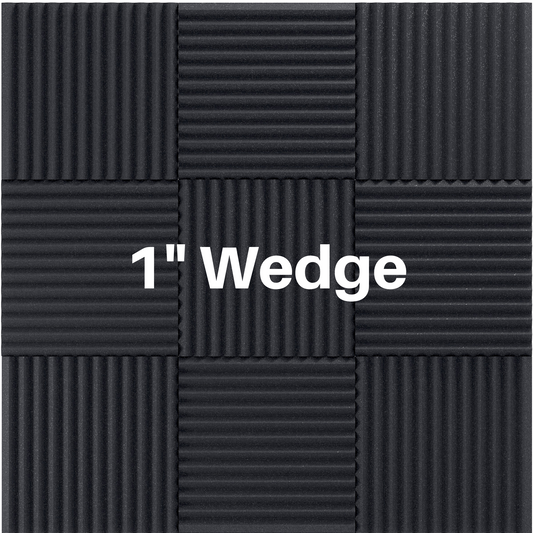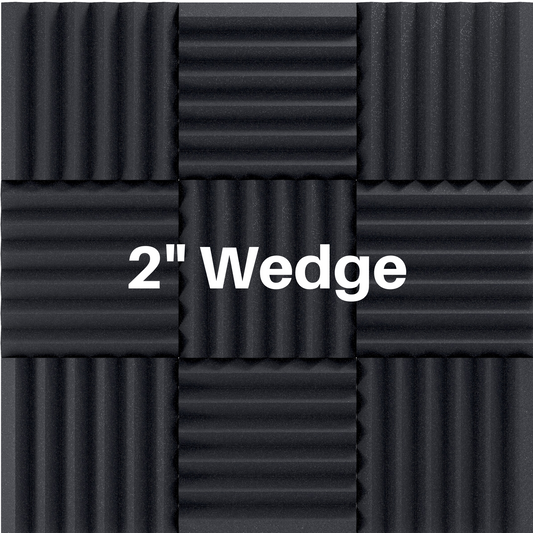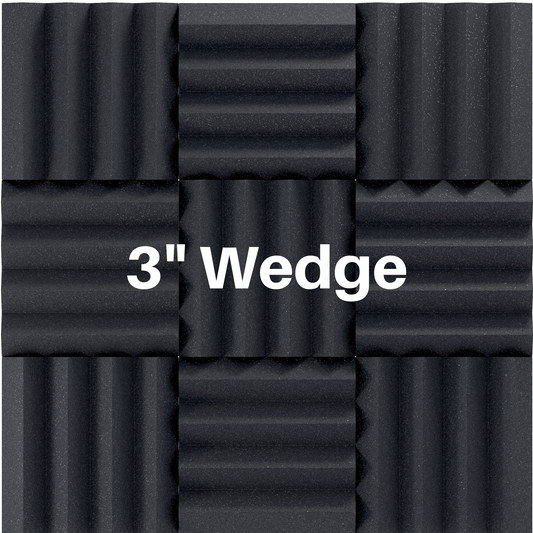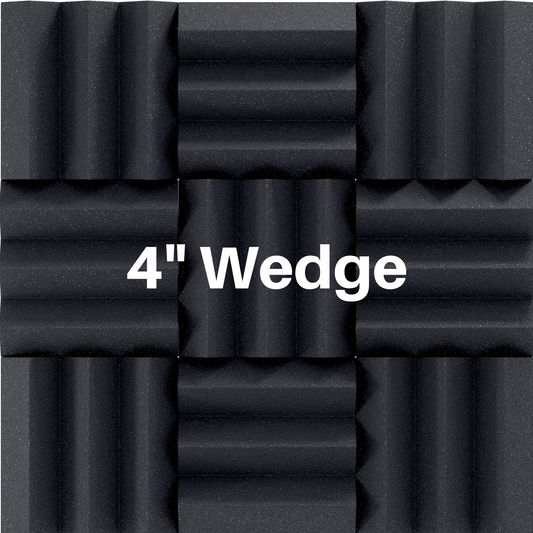What Is Impulse Response In Audio ?
Share
An impulse is a very loud and short sound event that is used for testing the response to sound in a room or to test the effectiveness of an acoustical system. An impulse contains all frequencies.
Some examples of impulse events are a balloon pop, a bell being struck or a guitar string being plucked. Since the impulse introduces a lot of energy into the room over the full frequency spectrum and then dies quickly it is a very useful tool to be able to record and analyze what happens in the room. This will tell us a lot about the reverberant characteristics of the room.
The impulse response of a room has different parts and can be mapped on a graph.

Direct Sound - This has high sound pressure but short duration. Note the small distance before the direct sound. This is the time it takes for the sound to reach the received (ex: listener or microphone). There is software that can measure this small amount of delay but for most cases it is not relevant.
Initial Time Delay Gap (ITDG) - This shows the time between the direct sound and the first reflections and tells us how far away the sound source is. The longer the ITDG the closer the sound source is. In other words, if the source is far away the direct sound and first reflections will be heard closer together.
First Order Reflections or Early Reflections - Early reflections are the first ones we hear and are distinguishable. You may only have a few in a simple rectangle room but there can be more if the room is more complex. Early reflections let us know how big a room is.
Reverberant Tail - These are higher order reflections and are indistinguishable from each other. As the number of reflections increases the sound waves lose energy and eventually decay. The reverberant decay is often linear when graphed like above.
If you still have questions we are glad to help you! Please contact us anytime or fill out our free acoustic room analysis!
Read More:
What Is Transmission Loss Of Sound ?
What Is Noise Reduction Coefficient (NRC) ?
Soundproofing Foam For Music Studios
Will Acoustic Foam Soundproof A Room ?




